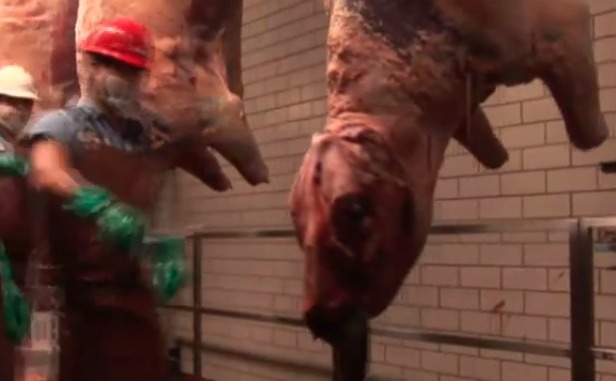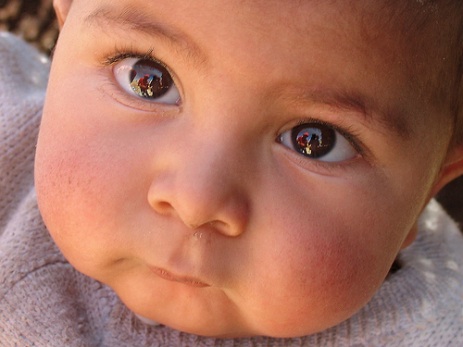 Having more babies like this one is like jabbing Mother Earth in the eye, says respected international body.Photo: HORIZONThirty billion people on planet Earth by 2300. That’s the head-exploding projection of the United Nations population division if we don’t get it together, people, says the BBC.
Having more babies like this one is like jabbing Mother Earth in the eye, says respected international body.Photo: HORIZONThirty billion people on planet Earth by 2300. That’s the head-exploding projection of the United Nations population division if we don’t get it together, people, says the BBC.
As if that weren’t terrifying enough, the U.N. population division notes that, owing to the magic of compound interest, the difference between peaking at a “sustainable” population of 9.4 billion in 2070 and getting stuck on the treadmill to endless growth is slight — a matter of two tenths of a baby per woman. Unless you know a way to have 20 percent less baby, we’re all going to have to start putting the brakes on.
One solution: Act more like a Judd Apatow character. Prolonging our adultescence may help reduce fertility to below replacement level (i.e. one birth for each death), as more adult children discover that, by the time they’re ready to move out, they’ve gone through menopause.
But the real key to stabilizing world population is resolving the triple threat to the developing world of insufficient access to contraception, gender inequality, and high infant mortality, as I wrote in Scientific American last year:
Solving these problems requires improvements in a host of circumstances, such as the availability of vaccinations, improved women’s health, better access to education for women, and the pursuit of overall economic development.
And, as we all know by now, there’s only one way to eliminate poverty without wrecking the climate or running out of fossil fuels: a massive shift to renewable energy.



